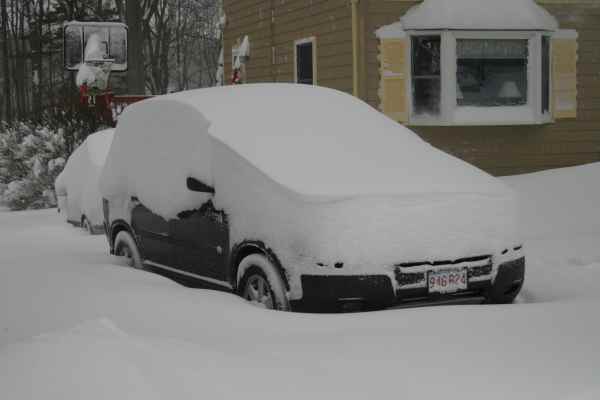Preparing your vehicle for winter starts in the fall
As written for The Insurance Hunters. Please visit their blog.
Procrastination; it’s something many people do. I’ve often joked by saying I was going to make a list of reasons why I procrastinate, but figure I’ll do that later. Some things we can get by with putting off, while other things should be done sooner rather than later. Preparing your vehicle for winter is something that should never be put off. When do you prepare your vehicle for winter driving, when the snow flies or before it flies?
One of the guidelines I’ve put into place is to have my winter tires placed on my vehicle well before the snow falls. Winter tires aren’t just for snow. They work better than all-season tires when the temperature drops to 7° Celsius and colder. The rubber of a winter tire is more flexible than all-season tires, which allows your tires to grip the road better. Make it a habit of putting them on in October and taking them off in April when the temperature becomes warm enough for all-season tires. Cold weather drops tire pressure, so ensure you check the tire pressure on a weekly basis.
Another good suggestion is to ensure you have a winter driving survival kit in your trunk. You can buy such a kit, but you can also make one up at home and place the items in a duffle bag in your trunk. Items you should include would be a long handle snow brush with scraper, extra washer fluid, a blanket, booster cables, shovel, flares, candle with lighter and either a mixture of salt/sand or kitty litter for traction. Consider these items part of your vehicle’s essentials for safe winter driving.
A major part of winter preparation for your vehicle is a pre-winter vehicle inspection, with emphasis on pre-winter. Taking your vehicle to visit your mechanic is a good way to ensure you have a lot of peace of mind before the snow and ice hit the roads. Have your vehicle checked for adequate fluid levels since the cold weather can easily affect them. A strong battery is important since the cold weather draws a lot of power from the battery. Once the temperature drops below freezing your battery will reduce its ability to generate power which could lead to your car not starting.
Ensuring all your mechanical components are working properly all year round is import, but with colder temperatures, no one really wants a vehicle break down when the temperatures are freezing. Checking your windshield wipers is something many drivers rarely think of. Old, dry and worn out wipers create streaks and poor visibility. Replacing them annually is a good idea, so why not do it before winter when they are in top shape?
Preparation of your vehicle also means preparation for yourself. Adding a personal survival kit that could include items such as an extra pair of socks, extra gloves, hat, non-perishable food items for energy and, believe it or not, toilet paper. Sometimes when you’re stuck, you’ll still need to go.

